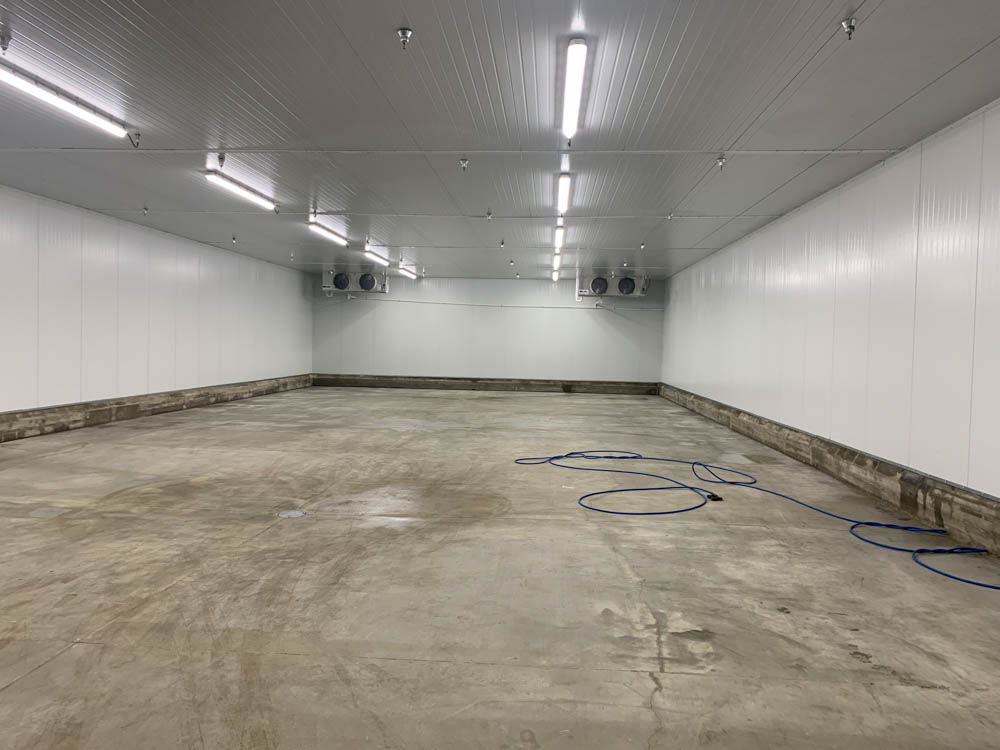water cooled reciprocating chiller
Water-Cooled Reciprocating Chillers An Overview
Water-cooled reciprocating chillers are essential components in various industrial and commercial applications, providing efficient cooling through the refrigeration cycle. These chillers are particularly favored in scenarios requiring large cooling capacities, such as in large office buildings, manufacturing processes, and data centers.
How It Works
The basic principle of a water-cooled reciprocating chiller involves the compression of refrigerant gas using pistons, which are powered by a motor. The operation can be broken down into several fundamental stages
1. Compression The refrigerant enters the compressor as a low-pressure gas and is compressed into a high-pressure gas. This process increases the refrigerant's temperature.
2. Condensation The high-pressure gas then flows into the condenser, where it is cooled by water. Here, the excess heat is transferred to the water, which is often sourced from a cooling tower or a loop system. The refrigerant releases its heat and condenses into a liquid state.
3. Expansion The liquid refrigerant then moves through an expansion valve, where it undergoes a pressure drop. As the pressure decreases, the liquid refrigerant partially evaporates, cooling it significantly.
4. Evaporation Finally, the low-pressure refrigerant enters the evaporator. Here, it absorbs heat from the surrounding environment, evaporating back into a gas and completing the cycle.
Advantages of Water-Cooled Reciprocating Chillers
water cooled reciprocating chiller

1. Efficiency These chillers tend to have high efficiencies, particularly in larger applications. The water cooling process allows for better heat exchange and more effective temperature regulation, which is crucial in industrial settings.
2. Lower Operating Costs While initial investment might be higher compared to air-cooled units, the operational costs are typically lower. Water has a higher thermal conductivity than air, allowing for more efficient heat removal and operating at lower energy levels.
3. Reliability Reciprocating chillers are known for their reliability and durability. Their design allows them to function effectively across various operating conditions, making them suitable for continuous operation.
4. Environmental Benefits Many modern water-cooled reciprocating chillers use eco-friendly refrigerants, contributing to lower greenhouse gas emissions and better environmental compliance.
Considerations and Maintenance
While the advantages are significant, there are considerations to keep in mind. The installation of water-cooled chillers requires access to a water source and cooling towers, which may not be feasible in all locations. Additionally, regular maintenance is critical to ensure optimal performance. This includes checking water quality, managing scale build-up within the system, and ensuring that the heat exchangers are clean and functioning correctly.
Conclusion
Water-cooled reciprocating chillers present an effective and efficient solution for large-scale cooling needs. Their ability to provide consistent and reliable performance makes them integral to many industrial and commercial applications. By understanding their operation, advantages, and maintenance requirements, businesses can make informed decisions regarding their cooling systems and ensure optimal operational efficiency.
















































































































